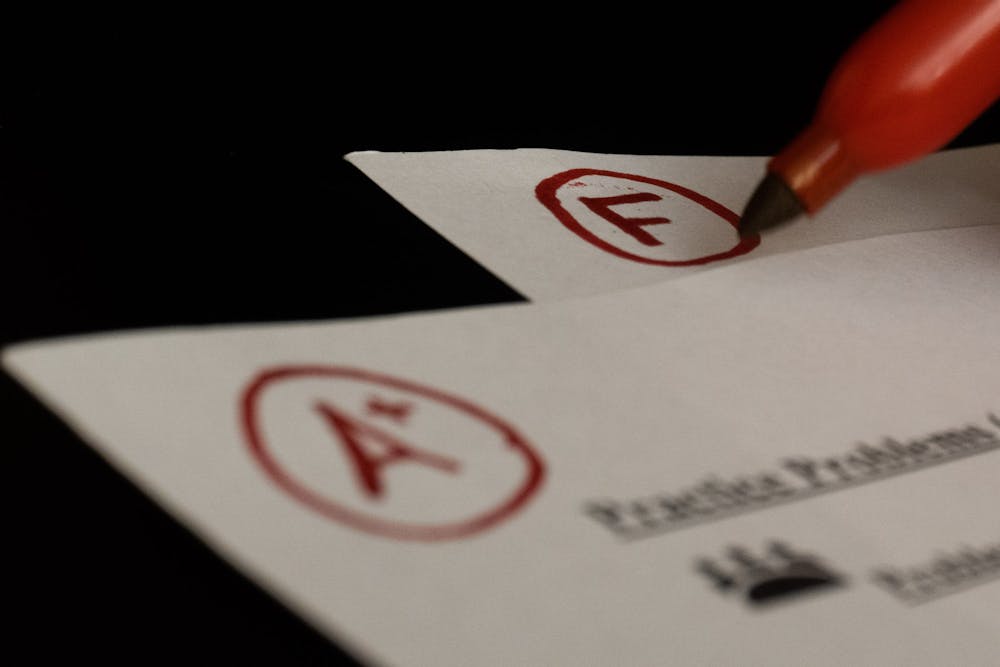As we near the end of another semester at UNC, many of us will be inevitably concerned about our grades and overall GPA. Even if they are just numbers, and despite reassurances that grades aren’t everything, we still stress over them.
However, not all grades are the same. Some professors might opt to curve grades — or even introduce their own grade scale, which can either be beneficial or detrimental to learning experiences.
We’ve all taken a class where the threshold to get an A starts at a 95 (which seems nearly impossible to achieve), and yet your friend, in a different section of the same class, only needs a 93 is an A.
You can already see where frustration might arise if the two of you get a 93 or 94. While your friend would have an A, you would be stuck with an A- on your transcript.
“These students all had the same opportunity to master the material, and their grades should be treated the same,” said Raquel Rzepka, a sophomore whose major is undecided.
Martin “Whit” Jones, a sophomore majoring in political science, agreed.
“If people are in the same class, they should be held to the same standard as their peers,” Jones said.
The lack of a consistent grading scale can lead students to overwhelmingly try seeking a spot in a specific professor’s class if they have a reputation for being a fairer/more-lenient grader.
Therefore, why would professors want to implement their own grade scales?



